During 2015-2018, ‘a creative momentum project’ organised 41 Creative Exchange events across five partner regions. These 41 events had a combined total attendance of over 1,600 people, mainly creative entrepreneurs. Creative Exchanges are networking and information events addressing real needs identified by the target group (creative entrepreneurs). The final report on this activity ‘Creative Exchanges: A Model for Creative Sector Networking & Learning in Peripheral Regions’ has now been published.
The organisation of these 41 Creative Exchanges has inspired a best practice model for the organisation and delivery of events for the creative industries sector in the context of an EU-funded transnational project. The use of technology as a way of facilitating transnational knowledge exchange is discussed in the report as well as in the following model.
Creative Exchanges: Best practice model
Stakeholders: It is good practice to engage with all stakeholders as early as possible. This facilitates detailed planning, proper programme development and promotion. It is good to have extra time at your disposal should organisational issues arise (e.g. cancellations, inability to contract external expert, and so on).
Focus: It is important to identify the right topic for the right speakers. Speakers should be briefed thoroughly so that the focus of the event is respected.
Marketing: A marketing plan should be in place including all actions that need to be performed before, during and after the event. In order to promote a Creative Exchange and use the marketing budget effectively, it is important to realise the limits and strengths of different marketing channels and to pay attention to the target audience(s).
Plan, plan, plan: Organising and delivering a successful Creative Exchange requires time and an eye for detail.
Venue: Choosing the right venue can be difficult. Visiting the venue before the event allows the organisers of a Creative Exchange to ‘imagine’ the event and ask relevant questions e.g. WiFi options, screen and technical equipment available, location of catering, lighting.
Equipment: It is important to make sure that the technical equipment available at a venue is suitable to the Creative Exchange in question. External expertise may be required. If a Creative Exchange includes live/video streaming and/or photography and camera work, one member of staff should focus exclusively on these activities, even if they are implemented by contracted experts.
Feedback: Good feedback helps the organisation of future Creative Exchanges. It is good to prepare feedback forms in advance which can be completed on the day or circulated online afterwards.
Meet expectations: Attendees should be provided with what they expect. If pre-event research demonstrates that attendees are mainly focused on networking, networking opportunities should be a key component of the event.
Networking: Never assume that networking will happen naturally, perhaps during the coffee breaks. Dividing the audience into discussion groups facilitates networking and specific knowledge transfer. Allowing creatives to briefly present what they do may work as an effective icebreaker.
Variety: Organising a busy and varied event is generally well received by the audience. Some people like to attend frontal lectures; others may prefer more interaction and hands-on learning. A mix of formats can be used during the same event.
The full report and a summary of ‘Creative Exchanges: A Model for Creative Sector Networking & Learning in Peripheral Regions’ can be downloaded from the Knowledge Centre, or download directly
‘Summary: Creative Exchanges-Model for Networking & Learning’ (PDF, 0.3MB)
‘Creative Exchanges: A Model for Creative Sector Networking & Learning in Peripheral Regions’ (PDF, 2MB)
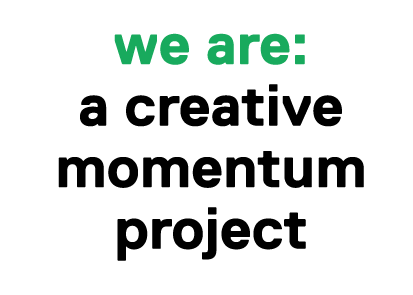


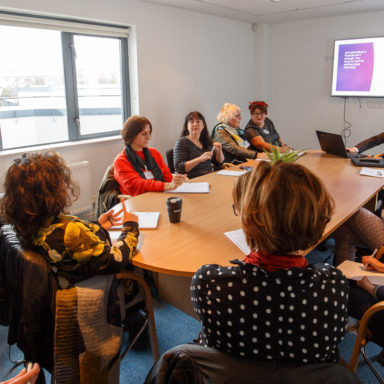
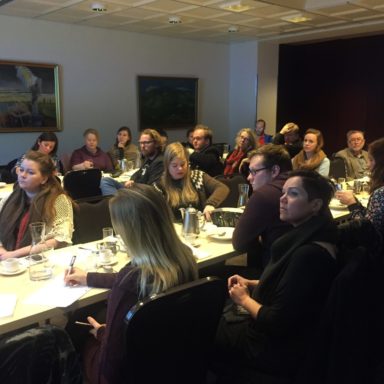
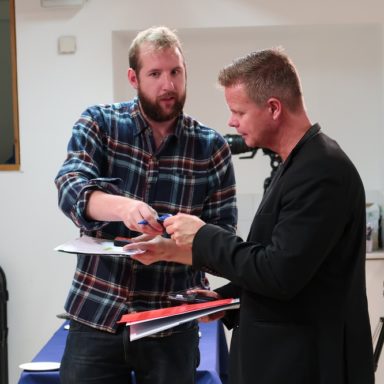
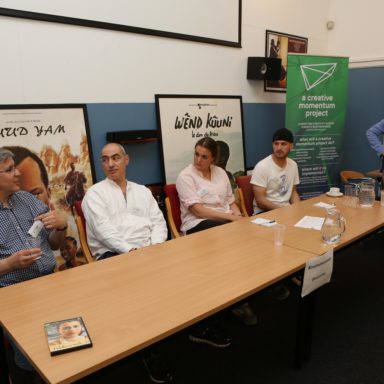
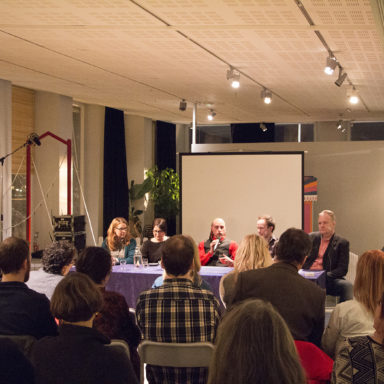
Discussion
You must be logged in to submit comments.
Add your comments here.
Maximum length of 500 characters